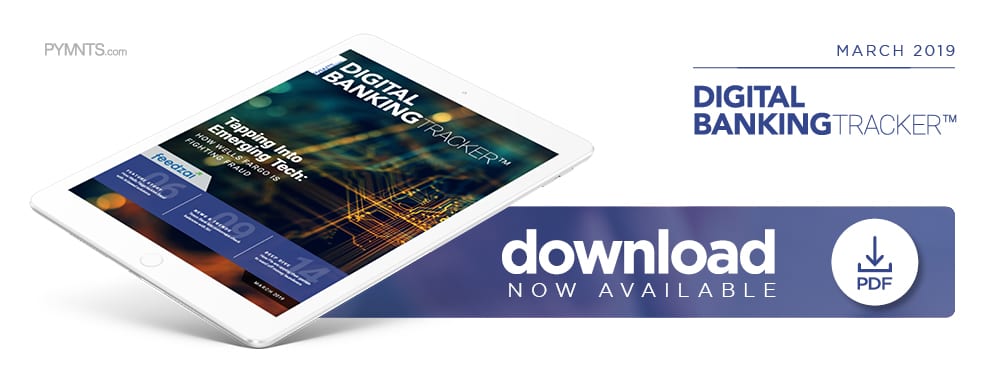How Wells Fargo Uses AI, Biometrics To Fight Money Laundering

 With fraud attempts continually on the rise around the world, financial institutions have their work cut out for them. They must remain fully compliant with regulatory standards and combat fast-learning fraudsters while maintaining a frictionless customer experience. As a result, banks are discovering that artificial intelligence (AI) is becoming useful when it comes to anti-money laundering (AML) and other types of fraud protection — in fact, it is fundamentally changing how financial institutions (FIs) verify users’ identities or validate transactions.
With fraud attempts continually on the rise around the world, financial institutions have their work cut out for them. They must remain fully compliant with regulatory standards and combat fast-learning fraudsters while maintaining a frictionless customer experience. As a result, banks are discovering that artificial intelligence (AI) is becoming useful when it comes to anti-money laundering (AML) and other types of fraud protection — in fact, it is fundamentally changing how financial institutions (FIs) verify users’ identities or validate transactions.
“It’s [about] applying advanced technologies [throughout a transaction] to continuously look and say, ‘Do you think this is a good transaction?’” Chuck Monroe, head of AI enterprise solutions at Wells Fargo, said in a recent interview with PYMNTS. “We used to look at these points of the transaction as individual points — this is the point of purchase, this is the point of identification. But with … new technology, it’s becoming more about the continuum of the transaction.”
The ways banks use AI to validate transactions need to be less narrow, Monroe said. FIs must look at users’ identities, their payment histories and their previous account behaviors, along with the data attached to the transactions if they want to protect against fraud and money laundering.
How AI is Adding to AML Tools and Techniques
Banks can use AI to get a more cohesive look at where and how fraud is happening, particularly when it comes to areas where banks must adhere to tight regulatory frameworks, as is the case with AML.
“We’re using AI to go through and look across the internet, including the [darknet], to look for signals that would apply to a particular AML situation,” he said. “There are a lot of opportunities … to leverage AI to look much [deeper than a] … human could. … AI pulls from a number of public data sources to help connect the dots, and can [make those connections] in ways a human could never think about.”
Many banks, including JPMorgan Chase and Ally Bank, are experimenting with AI in this way to protect user data and money, and, for money laundering in particular, AI can flag fraudulent transactions with criteria that humans cannot see.
AI experimentation is becoming increasingly important as many banks around the world open their platforms to third parties, inadvertently creating new opportunities for fraudsters as a result. To use AI for AML and to fight other types of fraud successfully, FIs must utilize data that has previously been siloed — a need that is becoming more pressing as a growing number of consumers become comfortable accessing digital banking services through a range of connected devices.
“The fact that [customers are] connected to the internet of things opens the door to the broader spectrum of payment activity. That allows us to do is to build deeper profiles, [which AI can use] to better predict if [a transaction] is something [the customer] would do,” Monroe said.
This influx of new data means banks must look beyond authenticating login credentials. Users’ payment histories, how they hold their phones and type in their passwords, as well as other factors should be considered during the authentication process.
AI and the Future of Fraud Protection
Banks are more equipped than ever before to tackle fraud, but they must work to stay one step ahead of fraudsters who are utilizing the same technologies.
“There’s not going to be one solution as fraud and fraudsters continue to change. … [Criminals are] going to have access to some of these AI capabilities as well,” Monroe pointed out. “We are a regulatory entity, we have to maintain that confidentiality and security. It’s not like with some providers that can just search and pull data and do whatever they want with it. We have to be very deliberate.”
To that end, combining AI with other tools, such as biometrics, will be key to keeping fraudsters at bay while still maintaining regulatory compliance and keeping customer experiences quick and easy, he said, adding that the digital banking world is still in the early stages of deploying such integrations.
For AML and other fraud protection tools, AI will take a leading role over the next few years. It’s unclear how the technology’s capabilities will shift as fraudsters and banks alike continue to experiment, but the need for AI is certainly evident. Digital banking is quickly becoming the norm, and so is AI-powered fraud protection.